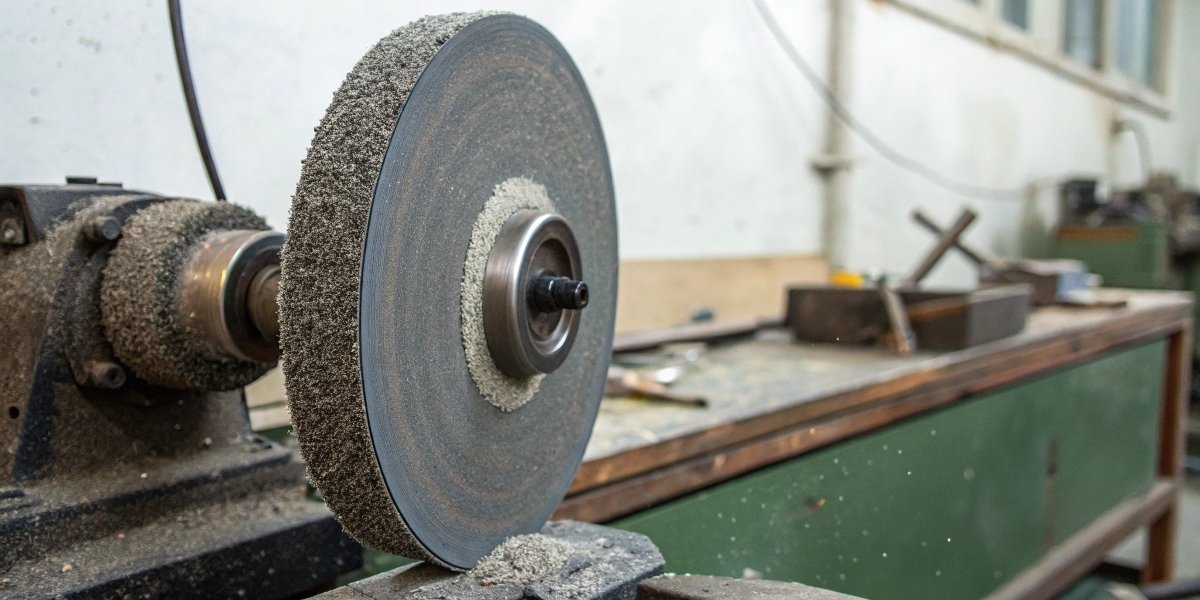
Are your wheels clogging when grinding aluminum? This problem, called "loading," creates excess heat, ruins the workpiece, and makes the wheel unsafe. You can avoid this by using the right kind of wheel.
Yes, a grinding wheel can be loaded, or clogged, with soft metal. To properly grind soft metals like aluminum or copper, you must use a hard-bonded grinding wheel with coarse, sharp grains to prevent clogging and heat buildup.
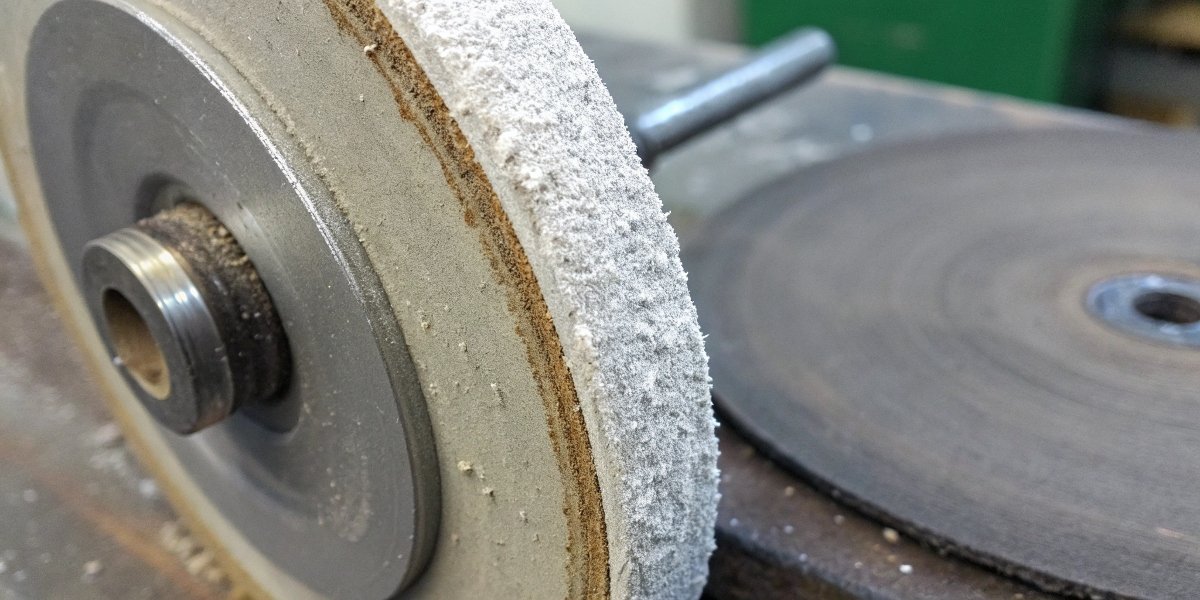
One of the biggest mistakes I see new customers make is thinking that a harder wheel is always a better wheel. They believe that to grind something, you need something much harder. That simple logic makes sense, but it is wrong when it comes to abrasives. The real secret to efficient grinding is matching the wheel’s characteristics to the material you are working on. In my nearly 30 years of manufacturing these tools, the most important rule we teach is this: use a soft wheel for hard materials and a hard wheel for soft materials. It sounds completely backward, I know. But understanding this single principle will save you money, improve your finish quality, and make your entire operation safer. Let’s dig into why this is true.
Can you grind soft metals?
Are you avoiding jobs with aluminum or copper? You fear clogging your wheels and wasting time. This is a common and costly problem, but it is completely solvable with the right knowledge.
Yes, you can absolutely grind soft metals. The key is to use a hard-bonded wheel, which holds onto its abrasive grains, combined with a coarse grain size and an open structure for good chip clearance.
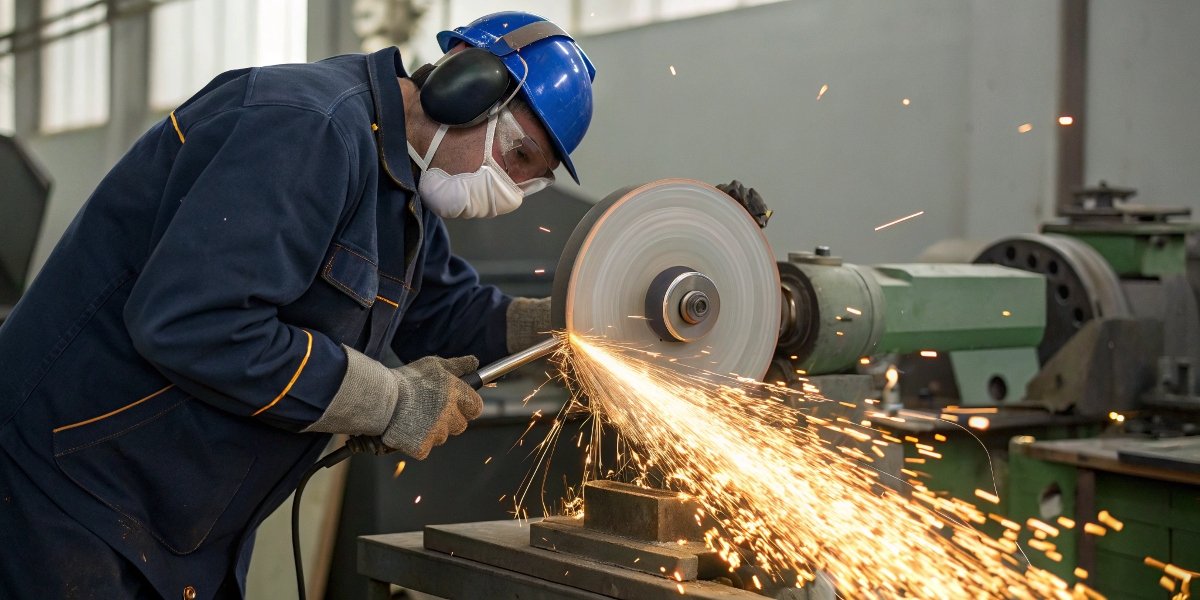
The reason you need a "hard" wheel for soft metal is all about the bond. A grinding wheel’s bond is the glue that holds the abrasive grains1 in place. Soft metals like aluminum are gummy. They don’t really dull the abrasive grains very quickly. Because the grains stay sharp, you want them to stay in the wheel and keep cutting. A hard bond does exactly that; it holds the abrasive grains very securely. If you were to use a "soft" bonded wheel, the grains would be released too soon, while they are still sharp, and the wheel would wear down incredibly fast. So, for soft metals2, you choose a hard bond. You also want coarse abrasive grains (a lower grit number3) and an open structure. The large gaps between the grains provide space for the large, gummy chips of soft metal to escape instead of getting smeared into the wheel’s surface. This prevents loading and keeps the wheel cutting freely.
Wheel Selection: Soft Metal vs. Hard Metal
| Wheel Characteristic | For Soft Metals (e.g., Aluminum) | For Hard Metals (e.g., Tool Steel) |
|---|---|---|
| Abrasive Type | Silicon Carbide (very sharp) | Aluminum Oxide or CBN (tough) |
| Bond Hardness | Hard (e.g., Grade L-P) | Soft (e.g., Grade G-K) |
| Grain Size | Coarse (e.g., 24-36 Grit) | Fine (e.g., 60-100 Grit) |
| Structure | Open (for chip clearance) | Dense (for more cutting points) |
What materials cannot be ground on a grinding wheel?
Are you assuming any material can be ground? This is a dangerous assumption that can lead to fire, toxic fumes, or a destroyed wheel. Know the definite "no-go" list to keep your workshop safe.
You cannot grind materials that create extreme fire hazards, like wood or magnesium. You should also never grind materials that release toxic fumes, like PVC plastic, or materials that are simply too soft and will instantly clog the wheel, like rubber.
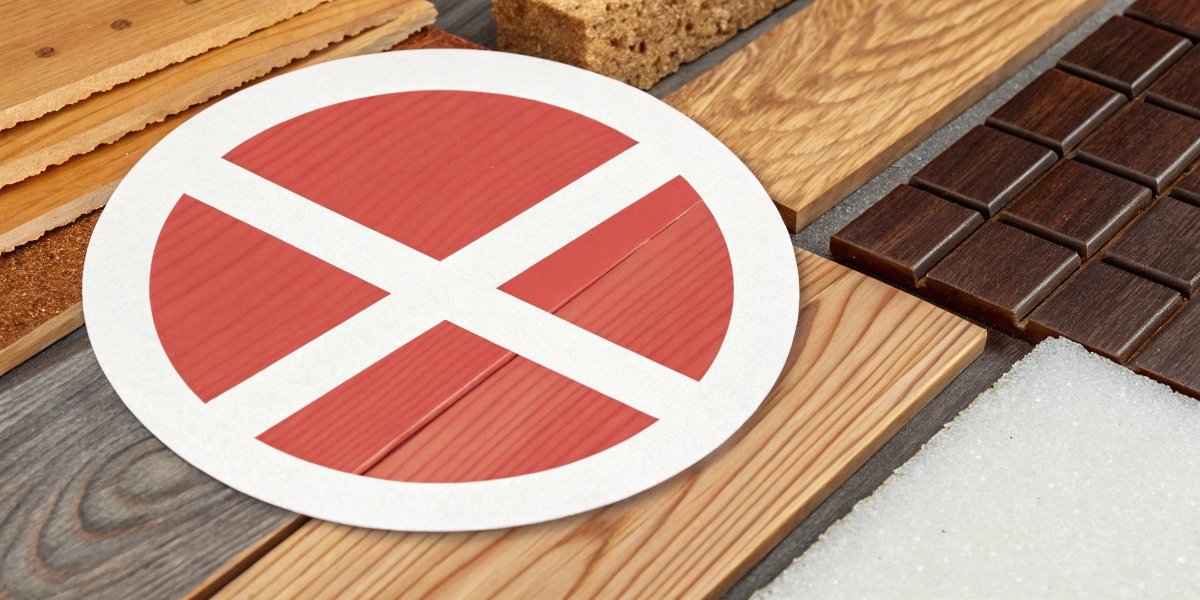
While you can solve the problem of grinding soft metals, there are some materials that should never touch a standard grinding wheel. The reasons usually fall into three danger categories. The first is flammability4. Wood is a perfect example. The high-speed friction and the shower of hot sparks will instantly ignite fine wood dust, creating a fire right on the machine. Magnesium is even more dangerous; a magnesium dust fire burns intensely and cannot be put out with water. The second category is toxicity. Grinding galvanized steel releases zinc fumes, which are toxic to breathe. Grinding PVC plastic releases highly toxic chlorine gas. The safety of your operators must always come first. The final category is materials that do not chip. Grinding works by fracturing away tiny pieces of material. Substances like soft rubber or certain plastics don’t fracture; they melt and smear instantly, completely loading5 the wheel and making it a useless, hot, spinning disc. Always check a material’s properties before you decide to grind it.
Which metal can damage a grinding wheel?
Are your grinding wheels wearing out too fast or even breaking? It is not always normal wear. Certain metals can actively damage or destroy a grinding wheel through different mechanisms.
Soft metals like aluminum damage a wheel by clogging it, which causes extreme heat stress. Trying to grind very hard steel with a standard wheel can cause it to overload and shatter. Also, common steel will chemically destroy an expensive diamond wheel.
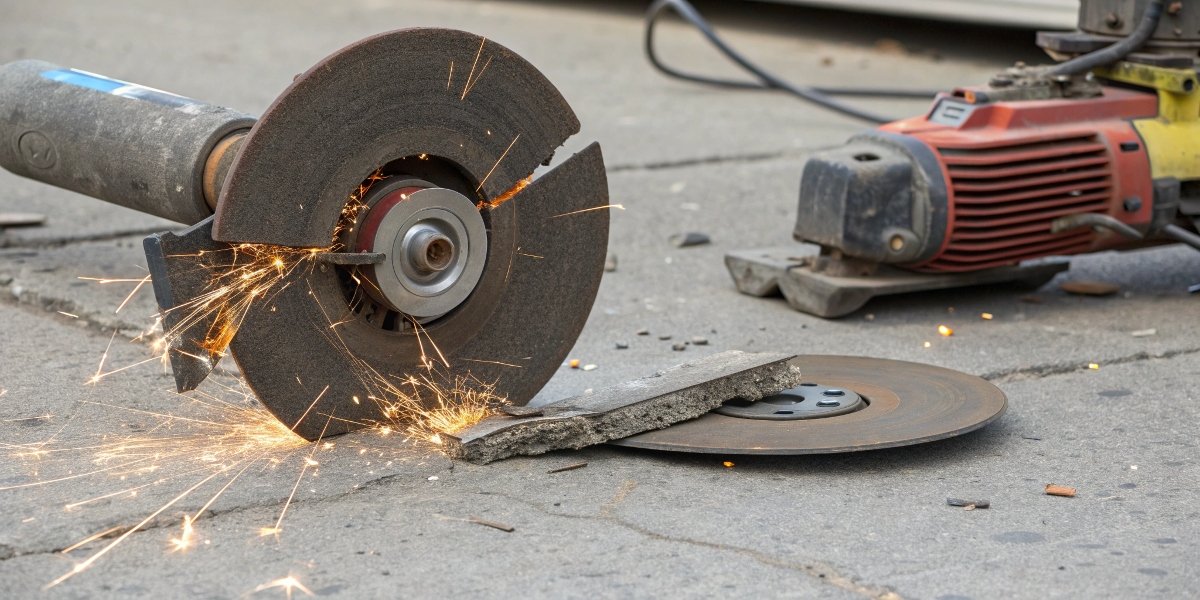
There are a few ways a metal can ruin your wheel. The most common way we see is "loading," which we have been discussing. When soft aluminum clogs the pores of the wheel, the wheel stops cutting and starts rubbing. This creates intense, focused heat. The thermal shock from this heat can cause micro-cracks in the bond that holds the wheel together, leading to premature wear or even wheel failure. The second form of damage is a purely chemical reaction. This is a very expensive mistake we see happen. An operator tries to grind regular steel with a diamond wheel. Diamond is pure carbon. At the high temperatures created by grinding, the iron in the steel acts as a catalyst, making the carbon atoms in the diamond change state. The diamond literally dissolves into the steel, destroying the costly wheel in seconds. This is why we use Cubic Boron Nitride (CBN) for grinding steel. It’s the second hardest material but is chemically stable with iron.
What is a soft grinding wheel?
Are you confused by terms like "soft" and "hard" wheels? It is the most important concept in choosing the right wheel. A "soft" wheel is not weak; it’s designed for the toughest jobs.
A "soft" grinding wheel does not refer to its physical feel. It refers to a soft bond. A soft bond releases its abrasive grains easily as they get dull, which creates a continuous self-sharpening action. This is perfect for grinding very hard materials.
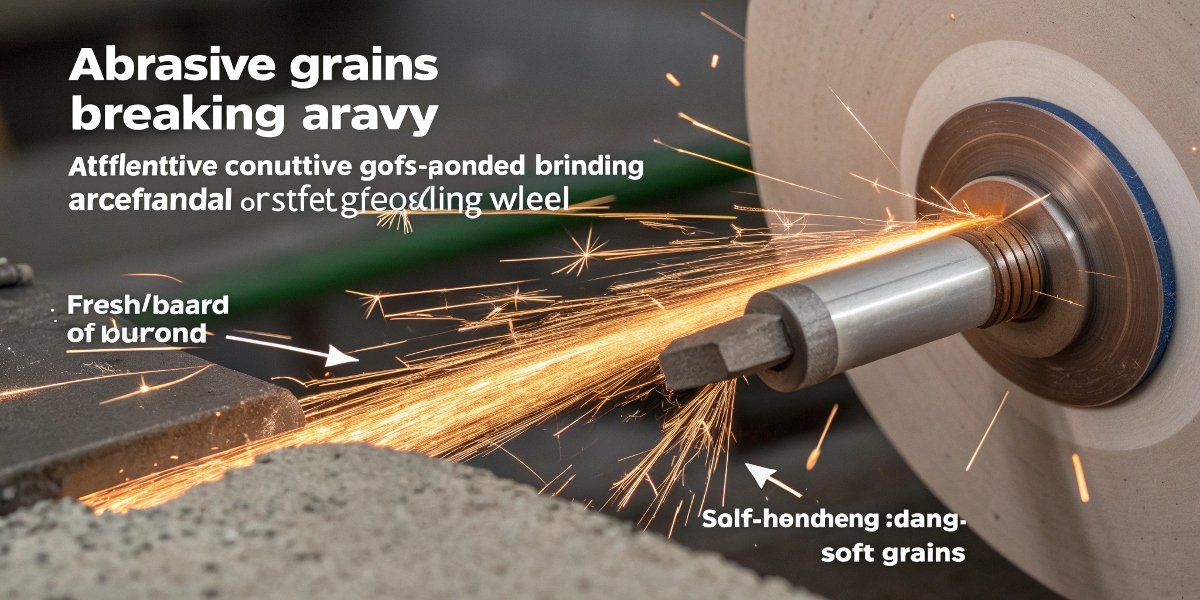
Here is where we come back to our main rule. When you grind a very hard material, like hardened tool steel6, the abrasive grains become dull very quickly. If you used a hard-bonded wheel, those dull grains would stay stuck in the wheel. The wheel would stop cutting and would just rub and generate heat, which could ruin your hardened steel part. A soft-bonded wheel7 solves this problem. The bond is designed to break down under the pressure of grinding, releasing the dull grains. This exposes the fresh, sharp layer of grains underneath. This self-sharpening process is the single most important factor for success when grinding hard materials. It ensures the wheel keeps cutting coolly and efficiently. So when you need to sharpen a hard tungsten carbide cutter, you reach for a "soft" green silicon carbide8 wheel. The soft bond lets the brittle green grains fracture away, keeping the wheel sharp.
Conclusion
To grind soft metals, use a hard wheel. To grind hard metals, use a soft wheel. Understanding this principle is the key to preventing wheel loading, improving efficiency, and ensuring a safe operation.
-
Understanding abrasive grains can help you choose the right wheel for your material. ↩
-
Discover the best practices for grinding soft metals like aluminum and copper. ↩
-
Learn how grit number affects the performance of grinding wheels. ↩
-
Knowing flammable materials can help you maintain a safe working environment. ↩
-
Learn about loading to prevent it and improve your grinding performance. ↩
-
Find out the best techniques for grinding tough materials like hardened steel. ↩
-
Learn how soft-bonded wheels enhance grinding efficiency for hard materials. ↩
-
Discover why silicon carbide is preferred for grinding soft metals. ↩
Written by
leeon
You may also be interested in:
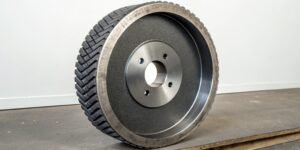
What's the application of CBN Wheels?
Struggling with grinding hard steels? Frequent wheel changes and poor finishes can hurt your bottom line. We have found that CBN wheels provide the durability
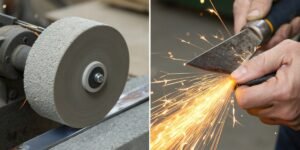
What is the difference between grinding and honing a blade?
A dull blade is a frustrating problem. It slows down production and ruins your workpiece. Using the wrong technique to fix it can cause permanent
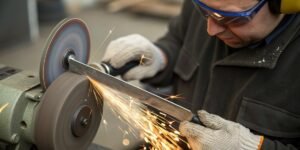
How to sharpen a knife on a bench grinder?
Is your dull knife slowing you down? A bench grinder seems like a quick fix, but you’re worried about ruining the blade. You need a

Can you use an angle grinder as a sander?
Your sanding project is tough, and your regular sander is not powerful enough. You look at your angle grinder. It has the power, but is
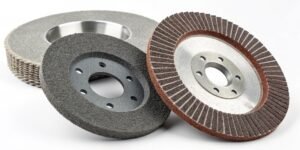
How to judge the quality of a grinding wheel?
Choosing the wrong wheel wastes money and ruins parts. Poor quality leads to downtime and rejection. A few key checks can guarantee you pick the

What is low stress grinding?
Struggling with parts failing due to hidden stress from grinding? This common issue causes cracks and reduces component life, costing you money. Low stress grinding
